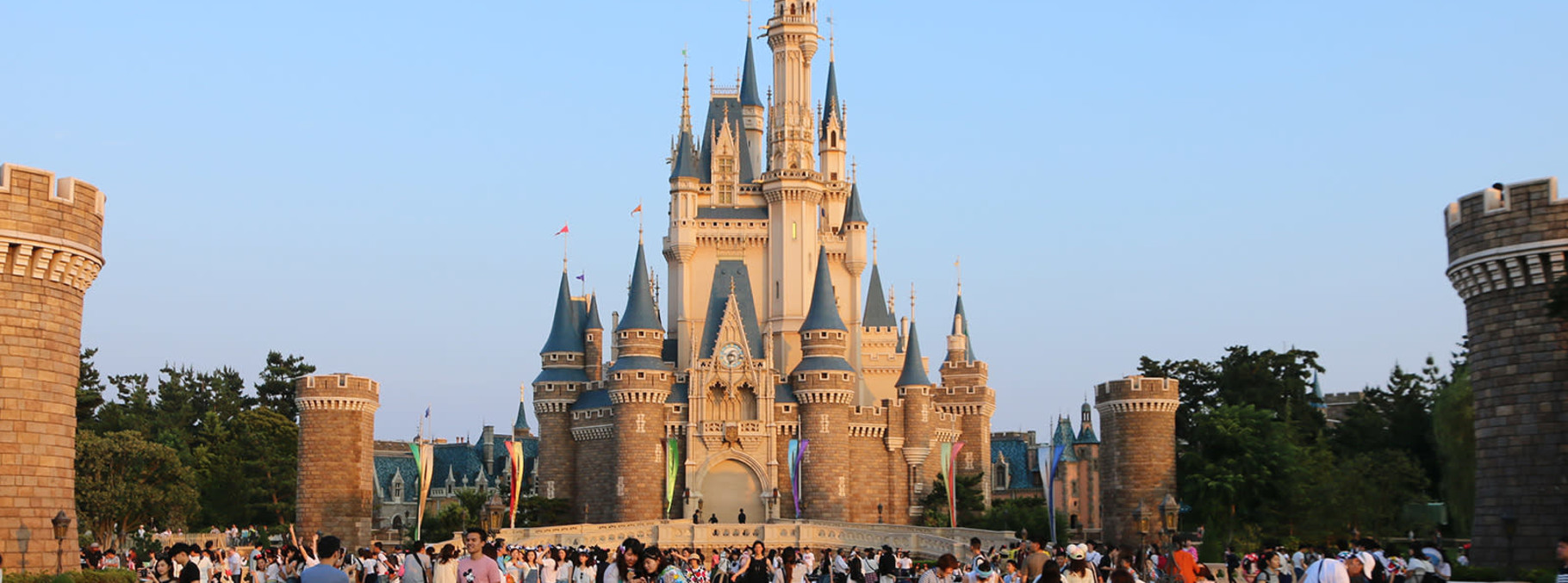Japan is renowned for its vivid four-season cycle, each bringing its own array of traditional events, holidays, and culinary delights. The Japanese culture places a high value on seasonal change, particularly in its cuisine, emphasizing dishes crafted from fresh, seasonal ingredients. To truly immerse yourself in a visit to Japan, understanding and experiencing the key festivals, customs, and seasonal foods each month offers is essential. In this feature, we explore the enduring customs and traditions that come to life in March.
Traditional Festivals in March
March in Japan is known by two evocative names: Yayoi (弥生), which signifies the rejuvenation of life, and Sakurazuki (桜月), translating to the month of cherry blossoms. This period marks a vibrant celebration of new beginnings and the awakening vigor in the natural world. Let's look at some of the festivals.
Hinamatsuri (Girls Day), March 3
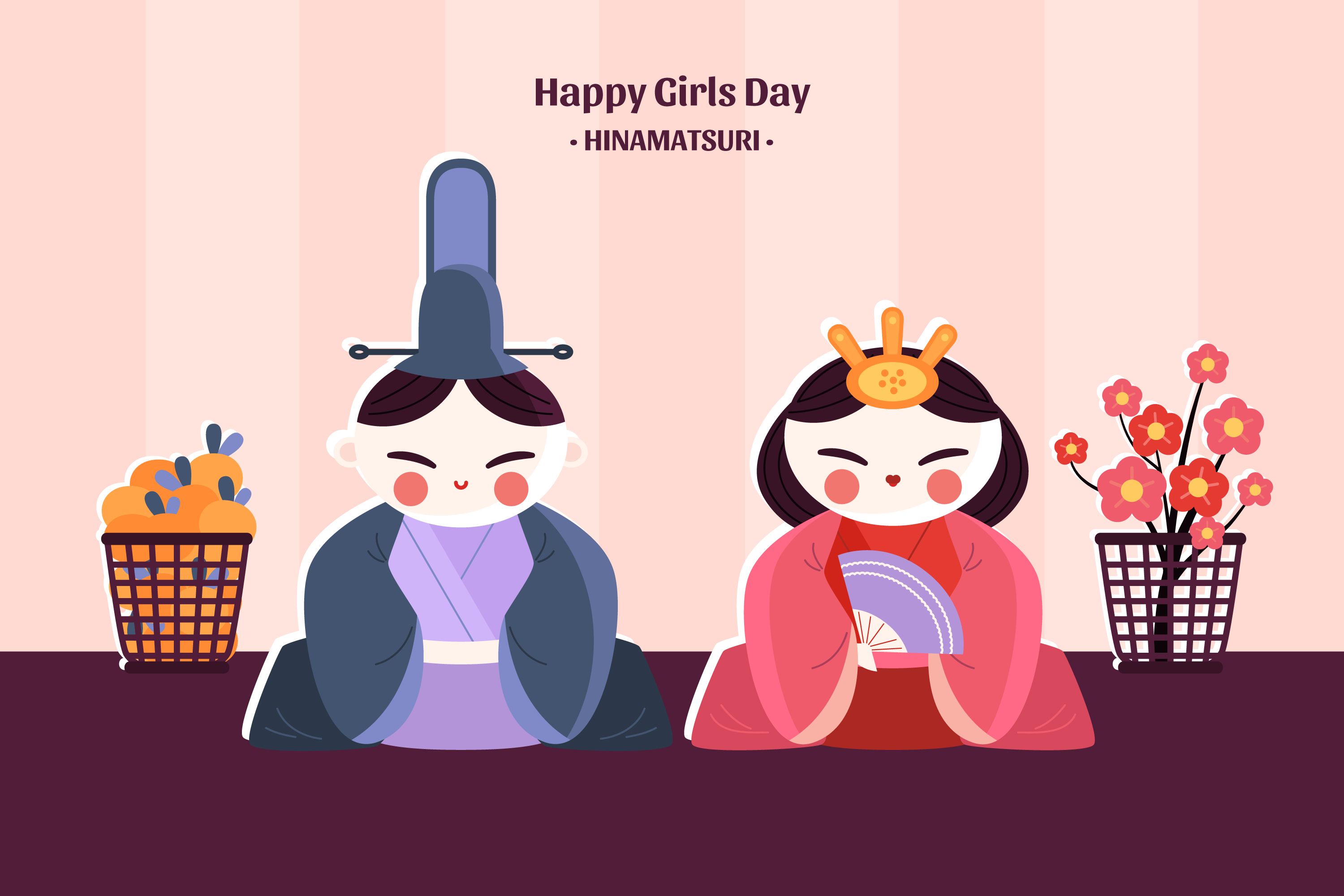 Hinamatsuri, also known as the Peach Festival and originating from Chinese traditions, stands as a cherished celebration in Japan. Held annually on March 3rd, it is a day dedicated to the health and happiness of daughters. Families observe time-honored palace rituals by displaying Hina dolls and festive ornaments on red staircases in their living rooms, alongside offerings of peaches and red and white candies, symbolizing purity and happiness.
Hinamatsuri, also known as the Peach Festival and originating from Chinese traditions, stands as a cherished celebration in Japan. Held annually on March 3rd, it is a day dedicated to the health and happiness of daughters. Families observe time-honored palace rituals by displaying Hina dolls and festive ornaments on red staircases in their living rooms, alongside offerings of peaches and red and white candies, symbolizing purity and happiness.
Custom dictates that the Hina dolls, set out to mark the occasion, must be promptly stored away following the conclusion of Doll's Day. It's believed that delaying this process could postpone the future marriage of the daughters.
 A culinary highlight of Hinamatsuri is chirashi sushi, a dish featuring rice adorned with a vibrant array of seafood, egg rolls, and vegetables, showcasing both visual appeal and delicious taste. While Hinamatsuri focuses on girls, Boys’ Day, celebrated in May, echoes a similar sentiment in honoring the growth and well-being of sons. Events such as dragon dance shows and traditional music performances often accompany these traditional festivities, enriching the cultural fabric of Japan.
A culinary highlight of Hinamatsuri is chirashi sushi, a dish featuring rice adorned with a vibrant array of seafood, egg rolls, and vegetables, showcasing both visual appeal and delicious taste. While Hinamatsuri focuses on girls, Boys’ Day, celebrated in May, echoes a similar sentiment in honoring the growth and well-being of sons. Events such as dragon dance shows and traditional music performances often accompany these traditional festivities, enriching the cultural fabric of Japan.
White Day, March 14

White Day stands apart from the traditional Western Valentine's Day, originating as a unique Japanese custom. It traces back to 1977, conceived by Ishimura Manseido, a confectionery shop in Fukuoka. Initially, the shop proposed the idea of gifting white marshmallows on this day, coining it Marshmallow Day. The selection of white symbolizes pure happiness, imbuing the occasion with a special meaning.
As the tradition evolved, cookies and chocolates entered the fray, transforming "Marshmallow Day" into the contemporary "White Day". Traditionally, on March 14th, men reciprocate the gestures made by women on February 14th, offering various gifts to express their thanks and feelings. This exchange solidifies bonds and showcases appreciation in a uniquely Japanese manner.
Vernal Equinox, March 20
 The Japanese hold a profound reverence for the changing seasons, with particular emphasis on solar terms like the Vernal Equinox, Autumnal Equinox, the onset of winter, and the beginning of summer. The Vernal Equinox heralds the commencement of spring, a time when daylight and nighttime hours are nearly identical. The days surrounding the Vernal and Autumnal Equinoxes, extending three days before and after, are metaphorically referred to as Higan (the other shore), symbolizing a passage from one state to another. This period reflects on the perpetual cycle of life and death, accompanied by the tradition of visiting ancestral graves to honor past generations.
The Japanese hold a profound reverence for the changing seasons, with particular emphasis on solar terms like the Vernal Equinox, Autumnal Equinox, the onset of winter, and the beginning of summer. The Vernal Equinox heralds the commencement of spring, a time when daylight and nighttime hours are nearly identical. The days surrounding the Vernal and Autumnal Equinoxes, extending three days before and after, are metaphorically referred to as Higan (the other shore), symbolizing a passage from one state to another. This period reflects on the perpetual cycle of life and death, accompanied by the tradition of visiting ancestral graves to honor past generations.
The Japanese adage "no heat or cold lasts over the equinox" (暑さ寒さも彼岸まで) encapsulates a deep cultural acknowledgment of the natural cycle, signifying that the extreme temperatures of winter's cold and summer's heat fade as the vernal and autumnal equinoxes approach. This proverb encapsulates the relief and renewal experienced as the extremes of climate give way to more temperate and enjoyable seasons.
Must-Eat Foods in March
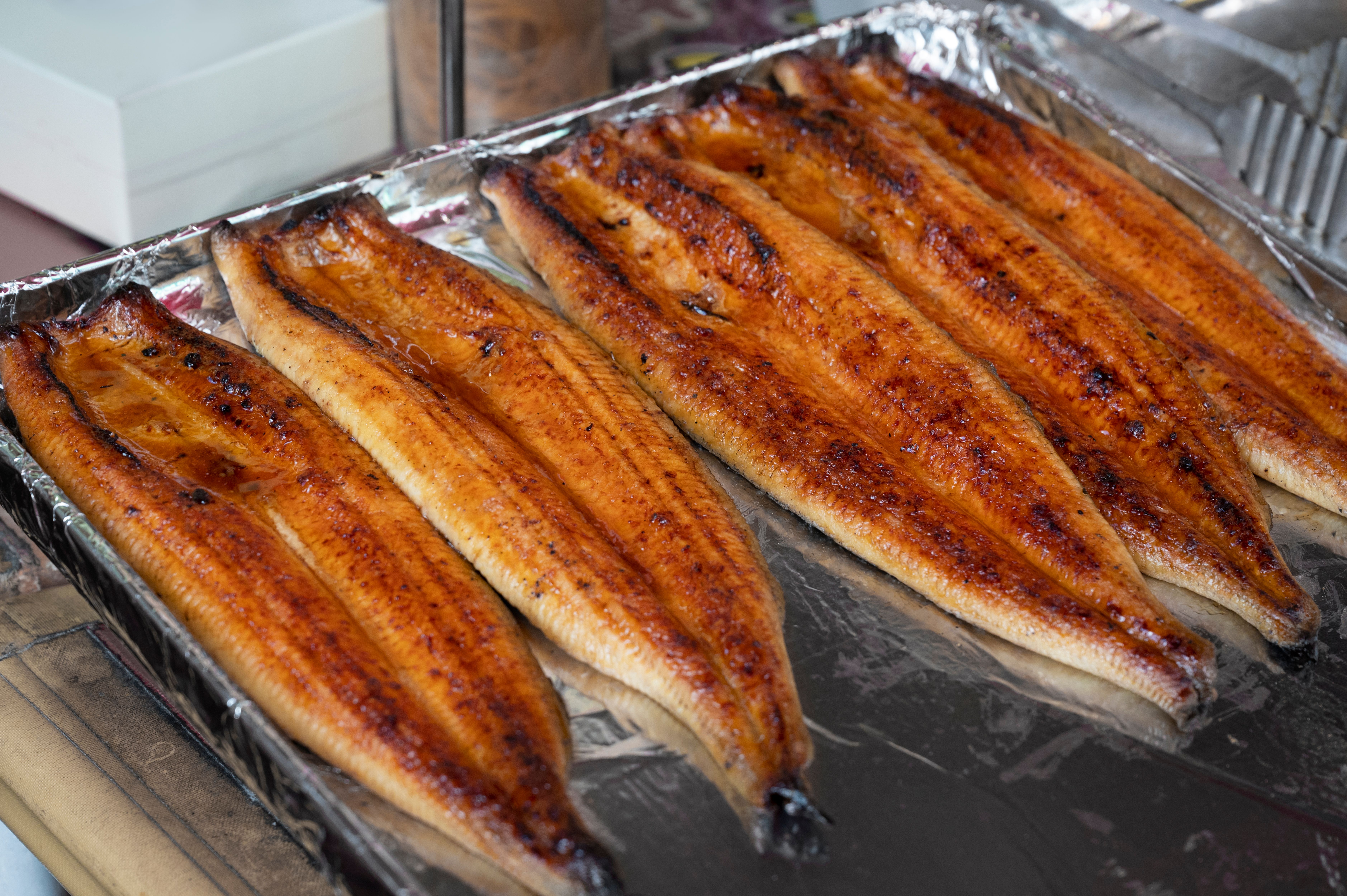
Visiting Japan in March offers the perfect opportunity to indulge in seasonal delicacies that highlight the freshness and diversity of local produce. Here are some must-try foods that embody the essence of spring in Japan:
Cherries and Strawberries: March is the season for cherries and strawberries, with Japan being renowned for its high-quality produce. Cherries from Yamanashi and Niigata Prefectures are particularly sought after, while strawberries boast a variety of sweet and juicy options. Notable strawberry varieties include Tochigi-otome from Tochigi Prefecture, Amaou from Fukuoka, Yuubeni from Kumamoto, and Beni-hoppe from Shizuoka, each offering a unique taste experience.
Bamboo Shoots: March is the prime time for harvesting bamboo shoots, a staple ingredient in Japanese cuisine known for its fragrance and taste. Delight in dishes like bamboo shoot grill and bamboo shoot soup to savor the traditional flavors of Japan.
Eel: Consuming eel is believed to boost physical strength and resistance, making it a popular choice post-spring onset. Try eel rice or eel sushi for a taste of this nutritious and flavorful fish.
Mountain Vegetables: Spring also brings an abundance of mountain vegetables, such as mountain fern, enoki antler, and elm leaf plum. These are used in various dishes like tempura, fried rice, and udon, offering a unique seasonal flavor profile.
Top Reason to Visit Japan in March
The quintessential March activity in Japan is undoubtedly flower viewing, known as Hanami. While not an official holiday, it stands as the month's highlight, with peach and cherry blossoms stealing the show. Recognizing the challenge of visiting separate locations for each bloom, we've curated a list of prime spots in popular tourist cities where you can marvel at both cherry and peach blossoms simultaneously, offering a convenient and unforgettable floral experience.
Tokyo
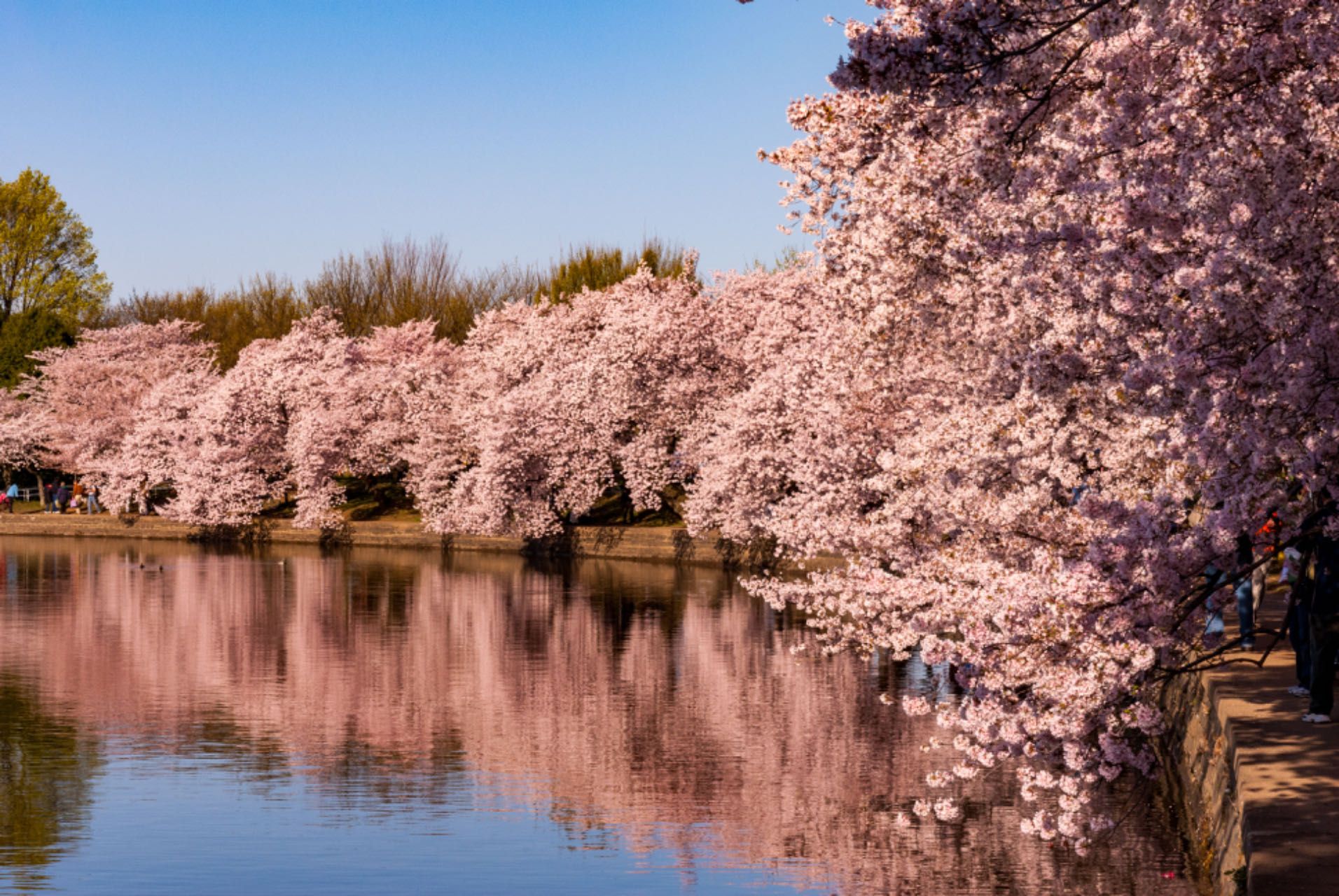
1. Shinjuku Gyoen
A premier destination for cherry blossom enthusiasts, Shinjuku Gyoen is renowned for its dual spectacle of cherry and peach blossoms. This large garden showcases a harmonious blend of Japanese, English, and French landscape designs, offering a serene setting for flower viewing. The diversity of blossoms against the backdrop of meticulous garden artistry provides a tranquil escape.
2. Ueno Park
As one of Tokyo's largest green spaces, Ueno Park is a celebrated location for both cherry and peach blossom viewing. The park is adorned with peach blossoms along its lakeside, pathways, and expansive lawns, creating a breathtaking floral landscape. It boasts an extensive variety of cherry trees, enhancing the hanami experience. Beyond the blooms, Ueno Park features attractions like zoos, museums, and additional gardens, making it a versatile destination for all visitors.
Kyoto
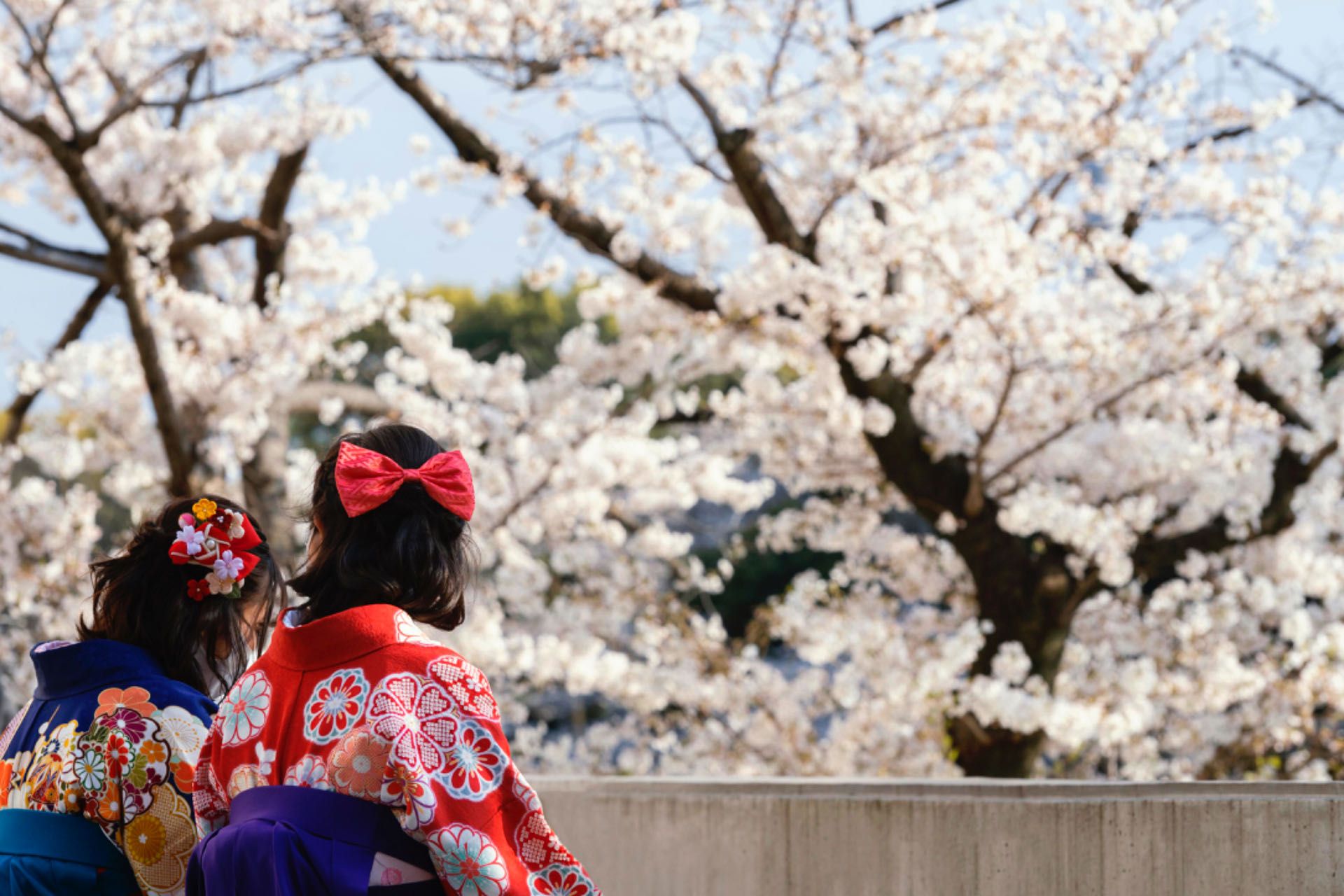
1. Arashiyama
The Sagano district of Kyoto, particularly renowned for Arashiyama, offers spectacular cherry and peach blossom viewing experiences. Notably, the cherry blossom path along the Hozu River and the peach blossom woods near Togetsuki Bridge stand out as prime spots. Arashiyama is home to extensive cherry blossom groves, with the bamboo forest trails in Sagano providing a unique backdrop. The full bloom of cherry blossoms amidst the bamboo offers a stunning display of spring, inviting visitors to immerse themselves in the beauty of cherry blossoms intertwined with bamboo groves.
2. Philosopher's Walk
This picturesque path stretches between Ginkakuji Temple and Nanzenji Temple, adorned with cherry and peach blossoms that peak in spring. As you meander along this trail, you're greeted by the delicate beauty of cherry blossoms and the gentle fragrance of peach blossoms. The cherry blossoms, poised elegantly on branches, flutter in the breeze. Meanwhile, the peach blossoms infuse the air with their subtle scent, adding a layer of softness, making it a must-visit for those seeking the serene beauty of spring in Kyoto.
Osaka
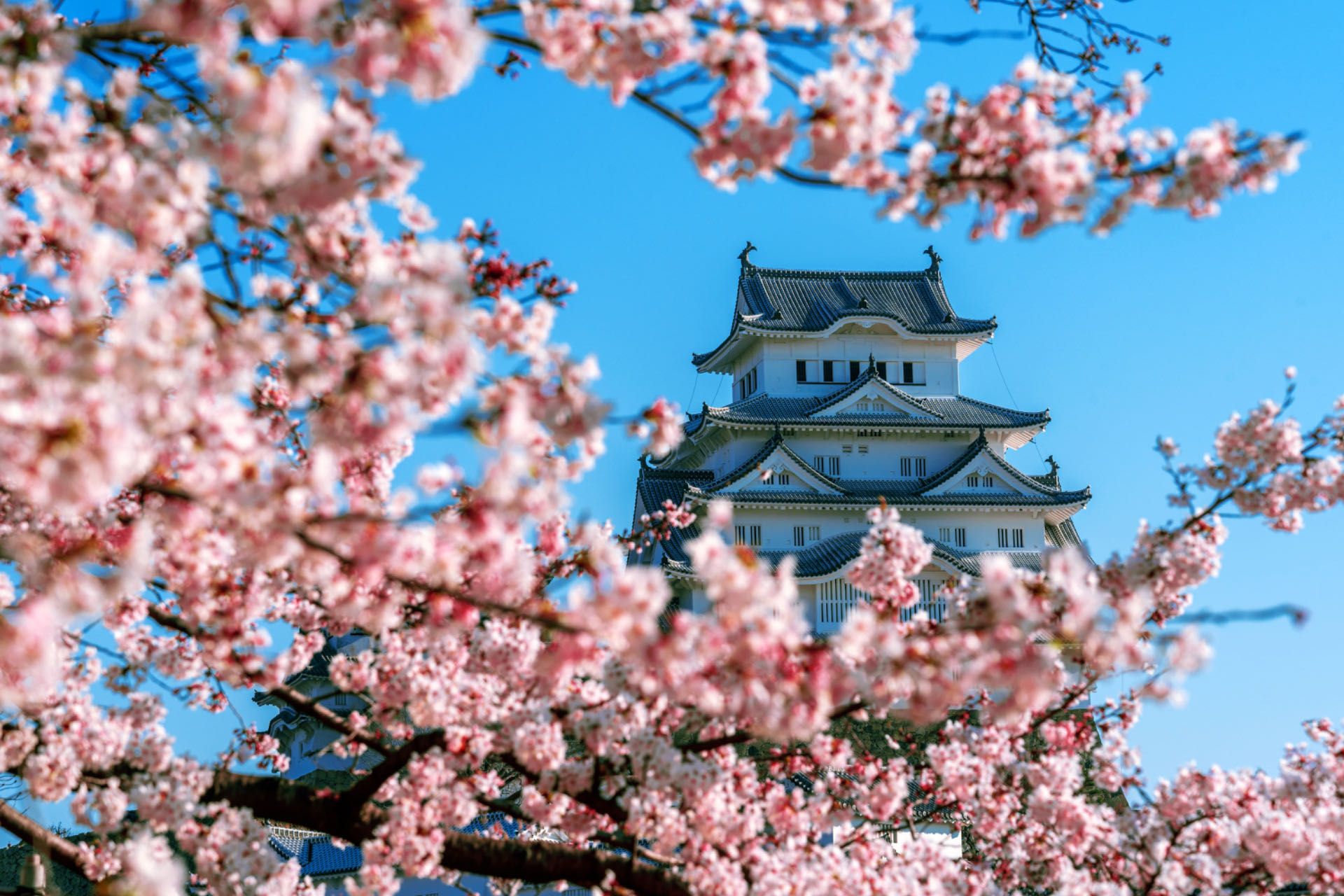
1. Osaka Castle Park
A landmark destination within the city, Osaka Castle Park is celebrated for its cherry blossom viewing opportunities. The park is particularly famous for the Osaka Castle cherry blossoms, which captivate with their varied hues. Spring also brings peach blossoms to the park, offering a dual spectacle of floral beauty. Visitors can appreciate the castle architecture and natural surroundings, all while soaking in Japan's rich historical and cultural ambiance.
2. Expo Commemorative Parkommemorativ Park
Occupying the grounds of the historic World Expo, Expo Commemorative Park boasts large green spaces and a wide variety of plant species. The park is adorned with cherry and peach blossoms, transforming it into a breathtaking pink floral sea when in full bloom. This provides an idyllic setting for visitors to wander under the gentle sun and immerse themselves in the vibrant flower display, creating a memorable experience of natural beauty and tranquility.
If you're considering a trip to Japan in March, hope this introductory feature helps you understand what to expect. To stay updated on the yearly cherry blossom front, please check out the latest information on this website.
Embark on a journey to discover the soft, pink hues of spring in Japan—a beautiful invitation to explore the country's seasonal charm and vibrant natural landscapes. Japan in spring awaits, ready to unfold its tender beauty for you to discover.
Download the Ikidane Nippon App: iOS / Android
Let us know if there is something that needs to be fixed: Feedback Form



